Where Do Lions Live?
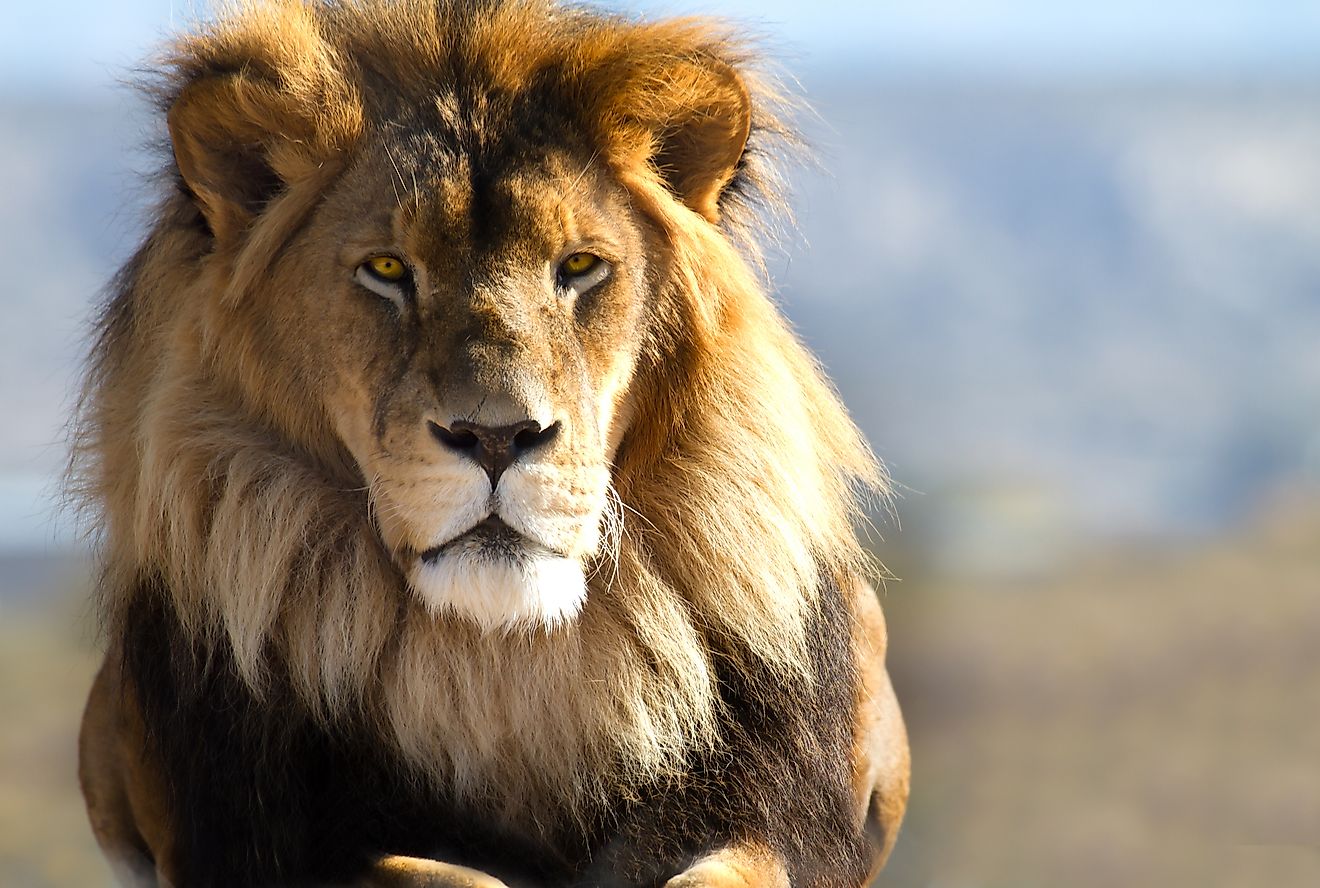
- Lions once roamed much of Europe, Africa, and Asia, but they have disappeared from 94% of their historic range.
- West and Central Africa have seen the most severe lion population declines, whereas East and Southern Africa have the most lions in the continent.
- The Asiatic lions are now mainly found in the Gir Forest National Park in the Indian state of Gujarat.
Lions are perhaps one of the most popular and iconic creatures on Earth, with their distinct, flowing manes and fierce hunting prowess. They are known as the “king of the jungle” and are synonymous with strength, might, and courage. According to the International Union for the Conservation of Nature (IUCN), lions are considered vulnerable to extinction. There are fewer than 25,000 African lions remaining and about 650 Asiatic lions.
Where Do Lions Live?
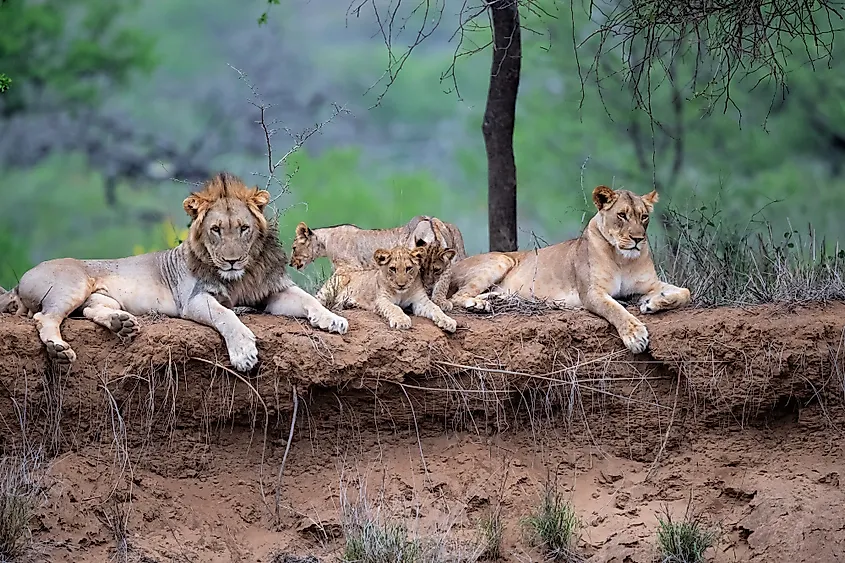
Lions once roamed much of Europe, Africa, and Asia, but they have disappeared from 94% of their historic range and live mainly in Sub-Saharan Africa and India. African lions reside in West and Central Africa (Angola, Benin, Burkina Faso, Cameroon, Central African Republic, Chad, The Democratic Republic of the Congo, Gabon, Niger, Nigeria, Senegal), East Africa (Ethiopia, Kenya, Malawi, Mozambique, Rwanda, Somalia, South Sudan, Sudan, Tanzania, Uganda, Zambia, and Zimbabwe), and Southern Africa (Botswana, Namibia, South Africa, and Swaziland). Asiatic lions live in India’s Gir Forest National Park in the state of Gujarat.
African Lions
West And Central Africa
Lions in West and Central Africa have seen the most severe declines over the decades. A study analyzing 47 lion populations in protected areas around Africa found that almost all lion populations in West and Central Africa have a 67% chance of declining by 50% over the next 20 years. About 500 lions are critically endangered in West Africa, while around 2,200 lions are regionally endangered in Central Africa. A significant issue in the region that may have contributed to the decline is bushmeat hunting by locals. Also, reserves in West and Central Africa have open systems where wildlife is free to roam in and out of the areas, which may cause an increase in human-animal conflicts.
East Africa
Despite the lion population in East Africa decreasing by 57% from 1993 to 2014, it is home to one of the largest lion populations in the continent, with about 11,000 individuals. The Serengeti National Park in Tanzania and Maasai Mara National Reserve in Kenya are home to the most lions in the region, and three of the five largest populations are in Tanzania. There is evidence that their populations are either increasing or only slightly declining. However, some experts speculate that East African lion populations have a 37% chance of shrinking by 50% over the next two decades. They believe the lack of adequate protection and human population increases may devastate the lions.
Southern Africa
While African lion populations have declined by around 43% from 1993 to 2014, four southern African countries — Botswana, Namibia, South Africa, and Zimbabwe — saw an increase during the same time. Compared to the rest of the continent, lions in this region are of the 'least concern' status. Many credit southern Africa’s success to the way it manages its conservation areas. For example, lions in the area live in well-funded and intensively managed populations surrounded by fences. Fences help keep the animals in and people out. Research has shown that in 21 years, unfenced lion populations have decreased by 62%, while fenced populations have only declined by 11%. In addition to fences, many believe ecotourism and trophy hunting is beneficial to lion conservation. However, trophy hunting is controversial. If mismanaged, it could result in the loss of lion populations. In southern Africa, habitat loss and lack of space are the main factors that may prevent lion numbers from increasing.
Asiatic Lions
India
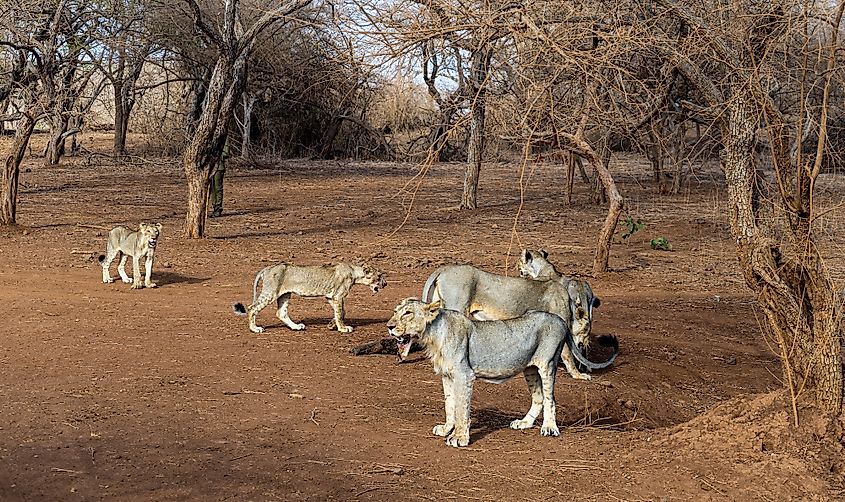
India is home to the Asiatic lion, an endangered lion subspecies mainly found in Gir Forest National Park in the Indian state of Gujarat. Currently, there are more than 600 individuals in the area. Asiatic lions once roamed across northern Africa’s forests, northern Greece, the Middle East, southwest Asia, and India. The rise of firearms led to the Asiatic lions’ extinction over a large area, including India, where their populations declined due to severe hunting by Indian royalty and colonial powers. In the 19th century, the lions were confined to the Gir Forest National Park. The Indian government designed the park as a wildlife sanctuary in 1965. This confinement helped increase their population, and by 2020, there were an estimated 674 individuals, an increase from 523 in 2015.
With the Asiatic lion’s population climbing, the Supreme Court in India asked the Union government in 2013 to translocate some lions to the Kuno-Palpur Wildlife Sanctuary. This move would protect the population from possible extinction due to unpredictable events such as forest fires or an epidemic. A population of over 600 lions spread across a 540-square-mile area may make them more susceptible to disease and infighting. However, the Gujarat government rejected the idea of moving the lions, saying that they are “completely safe” in Gir. The government also pointed out that Kuno lacks an adequate prey base, and there are tigers in the area.
Habitat Of Lions
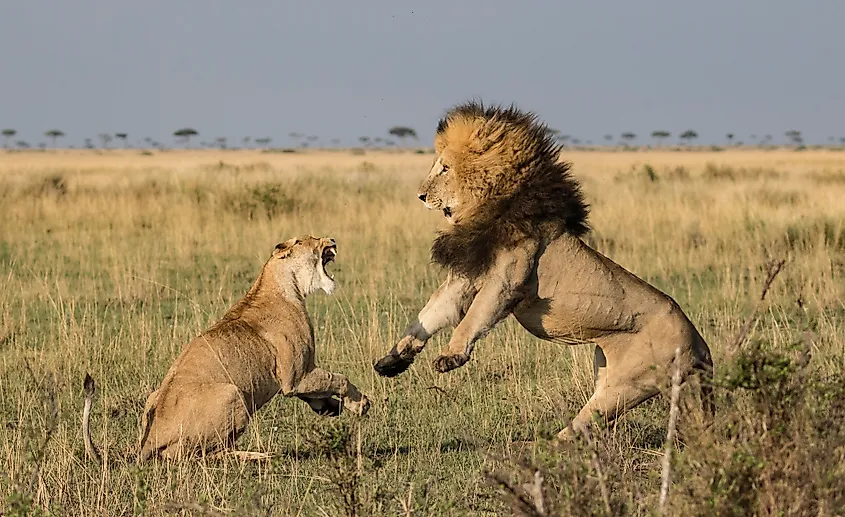
A male lion is rebuffed by a lioness in the grassland habitat of Masai Mara, Kenya. Image credit: Sandra Clayton/Shutterstock.com
Lions mainly stick to terrain where they can easily hunt their prey; this includes grasslands, savanna, dense scrub, and open woodlands. However, they can also thrive in any habitat where there is enough cover for denning and hunting, except for tropical rainforests and deserts. Gir Forest National Park, where Asiatic lions live, has deciduous forests, grasslands, scrub jungle, and rocky hills, but the lions only inhabit the savanna and scrub forest areas.
Threats To Lions
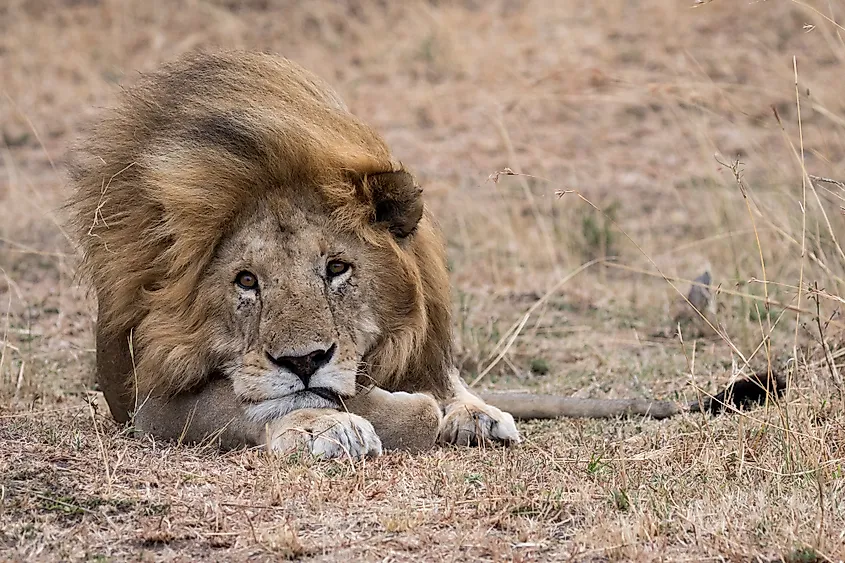
African lions face various threats, such as climate change and habitat loss, but the biggest threat to these animals is humans. Ranchers may kill lions either as a preventative measure to protect their livestock or in retaliation. The lion’s prey is increasingly hunted for the commercial bushmeat trade, resulting in an inadequate food source. As a result, lions may turn to livestock and domesticated animals for food. Humans may also kill lions out of fear for their safety or illegal trade and poaching. Recently, the demand for lion bone has increased due to its use as a substitute for tiger bone in traditional Asian medicine. Asiatic lions also face threats such as poaching, habitat loss, and human conflict. However, they are at risk due to genetic inbreeding as a result of having a single population in one area.
In more than 20 years, the African lion populations have dropped by half. They now occupy less than 660,000 square miles in the continent. The Asiatic lions, which once roamed across several countries, are mainly confined to the Gir Forest National Park in India. Lions are now listed as vulnerable to extinction and still face many threats to their population. Fortunately, parts of Africa and India have seen an increase in lion populations, and several conservation projects are in place to help prevent further population decline.











